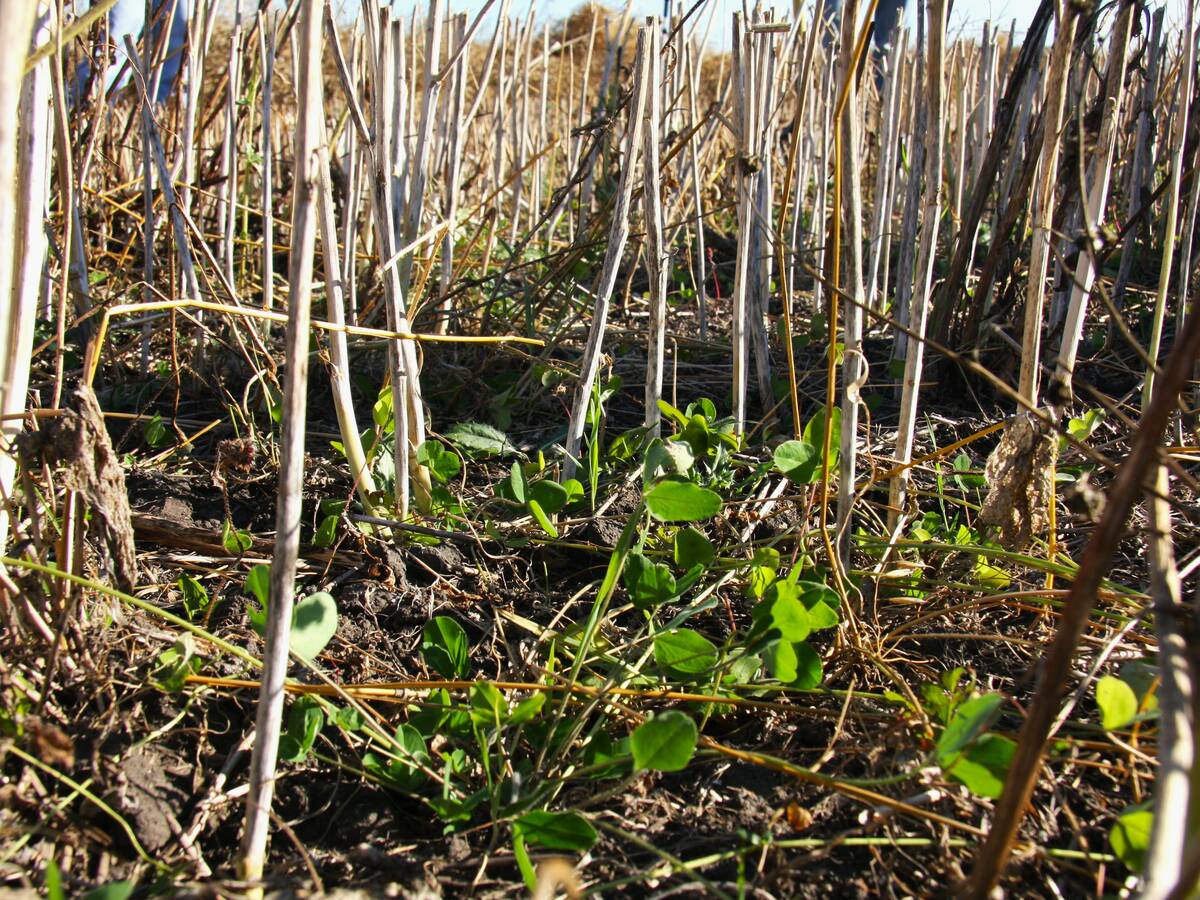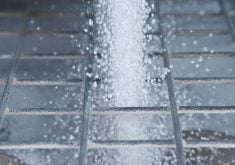Fall is a good time to control perennial and winter annual weeds. In fact, for many weeds, it is the best time for control.
However, timing for optimal herbicide control varies with the type of weeds are in the field.
Dandelions are best controlled from the middle of September until the end of October. However, it depends on the weather.
Canada thistle is slightly earlier and should be sprayed before Thanks-giving.
Foxtail barley and quackgrass are similar to Canada thistle, needing a slightly earlier application.
Read Also

Saskatchewan project sees intercrop, cover crop benefit
An Indigenous-led Living Lab has been researching regenerative techniques is encouraging producers to consider incorporating intercrops and cover crops with their rotations.
Perennial sow thistle is also susceptible to frost damage and shuts down growth earlier in the fall.
As a result, control depends on the weather. In an open fall, producers can apply herbicide later in the season.
Before spraying, make sure that the targeted weeds are growing, with new supple leaf area.
Weeds cut off at harvest need time to accumulate new leaf tissue that can act as suitable surfaces for absorption of herbicides applied post-harvest.
However, leaf surface area will still be only a fraction of what it was be-fore harvest, even after waiting for three to four weeks of regrowth. As a result, glyphosate rates may need to be doubled or tripled to get the same concentration of glyphosate in the plant.
Rain after harvest will wash off leaves and allow chemicals to absorb more effectively.
If frost is predicted or has occurred, avoid application until the leaf condition of the targeted weeds can be evaluated.
October is the best time to control winter annuals such as narrow-leaved hawk’s beard, stork’s bill, annual sow thistle, both common and spiny, shepherd’s purse, stinkweed, flixweed and cleavers.
Waiting until then ensures that all of the weeds that will emerge are sprayed.
These weeds are easily controlled in fall but may be quite difficult to control if allowed to overwinter.
Glyphosate is the preferred post-harvest control product. The addition of products such as tribenuron-methyl (Express), tribenuron-methyl + metsulfuron-methyl (Express Pro) and florasulam (PrePass) will improve control on perennial weeds. However, these products may limit the types of crops that can be grown the following year, including canola.
Always consider spring plans be-fore adding additional herbicides to the fall program.
Please note that in my last column, I referred to Advanced Geospatial Yield Mapping. It has been changed to Precision Profit Map. This will make it easier to find if you are looking for that information.















